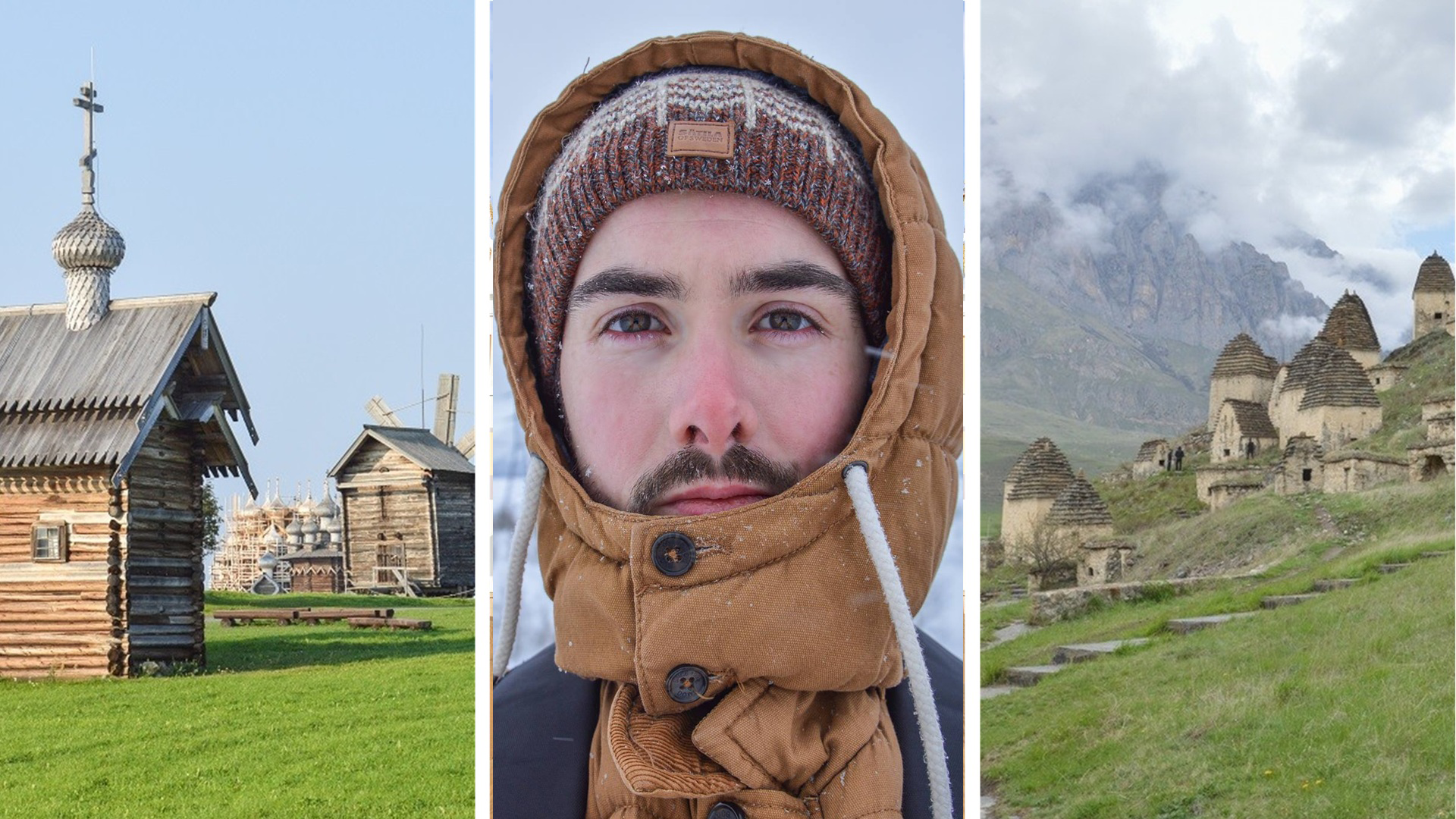
Toll roads in Russia: How they work and how to use them
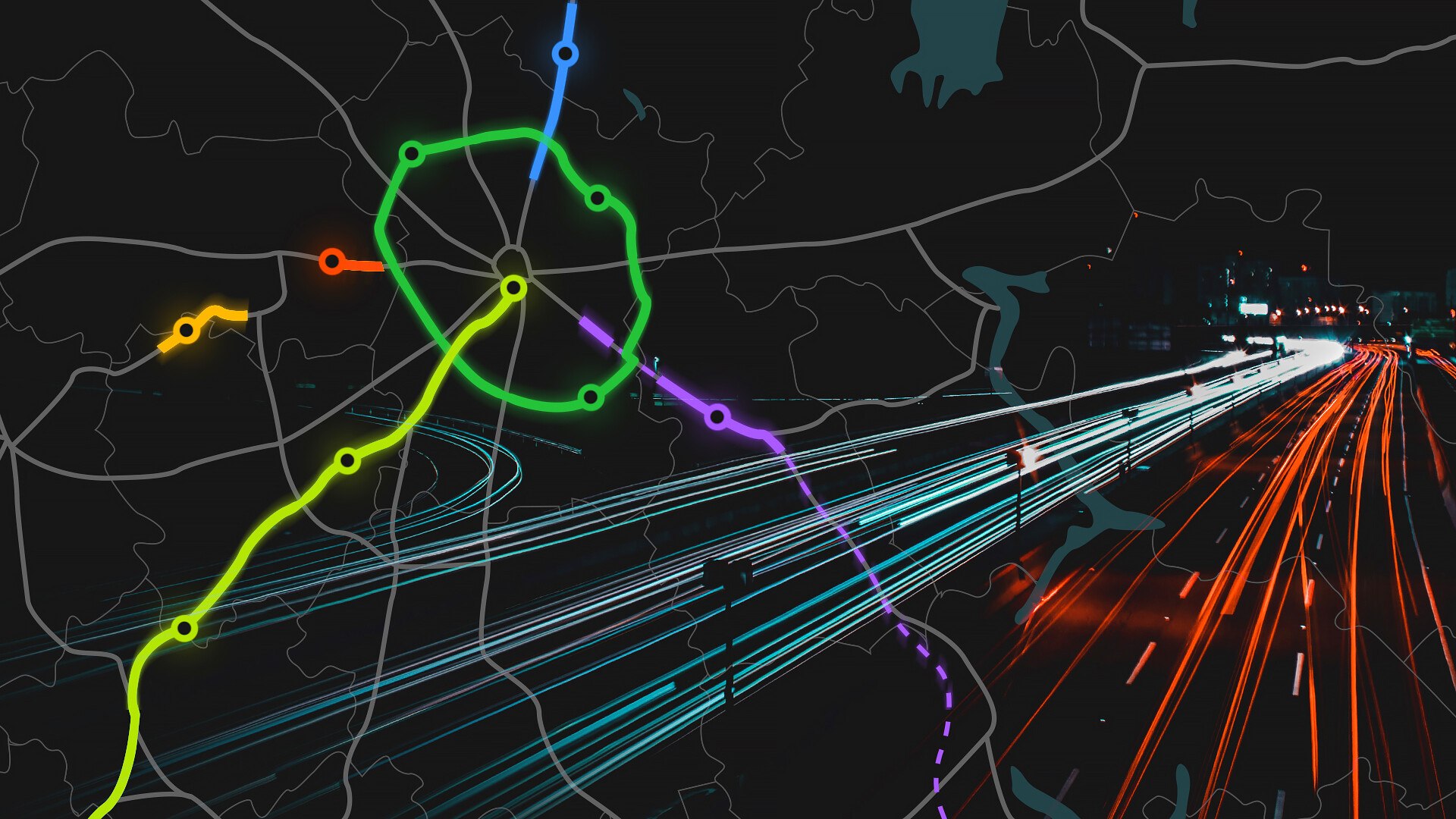
“Via toll road or not?” is the first question a passenger hears when ordering a taxi in Moscow while going to Sheremetyevo Airport. This toll bypass road was opened in the capital in 2014 and became quite popular, saving 30-40 minutes on the road.
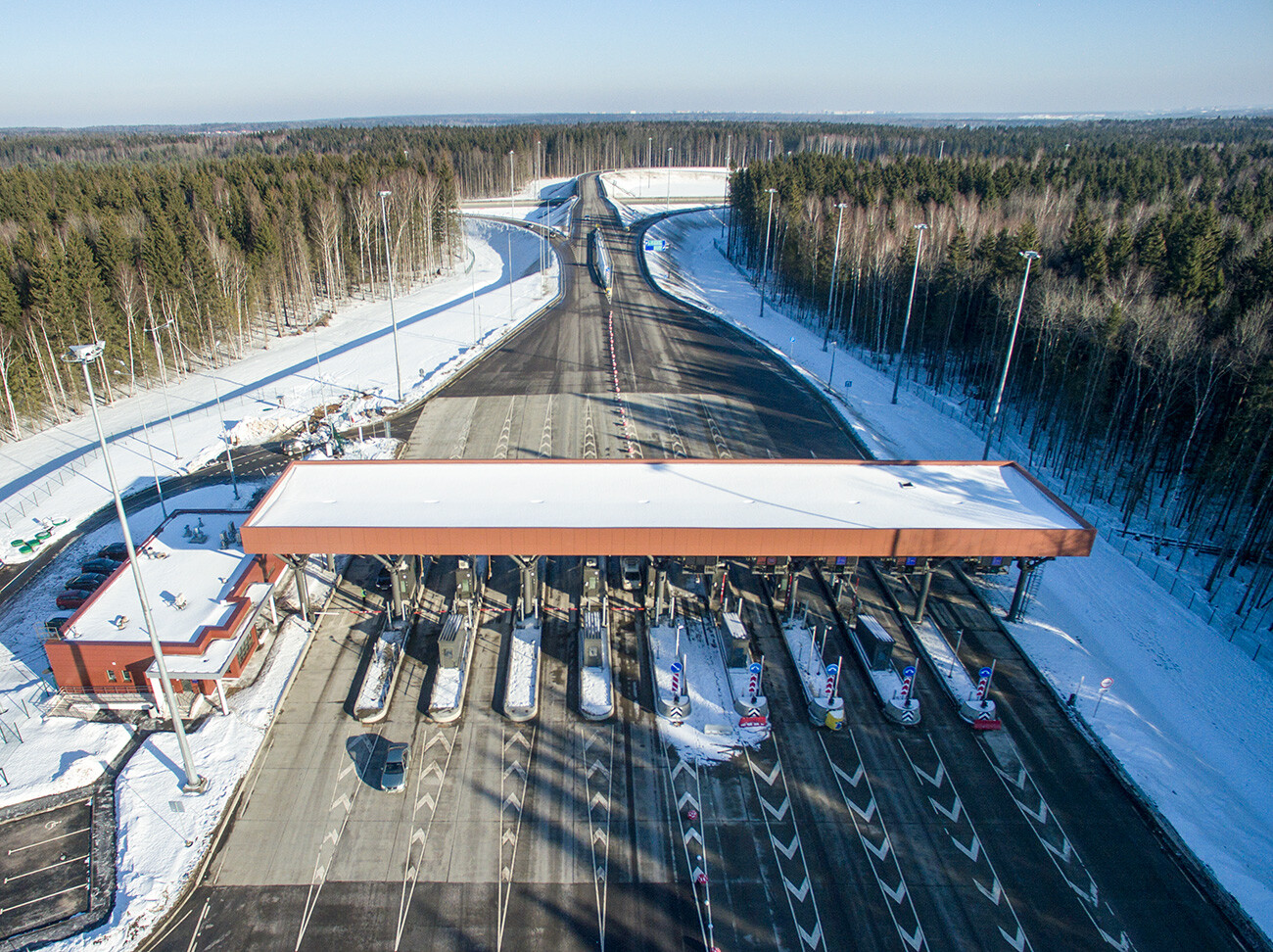 Toll road not far from Sheremetyevo Airport
Toll road not far from Sheremetyevo Airport
The first paid road in Russia – just 20 kilometers of the M-4 Don Highway – opened back in 1999. Today, the total length of such toll roads nationwide reaches more than 2000 kilometers. And the construction continues.
What’s special about toll roads?
Of course, like in other countries, every toll road in Russia has a free alternative. But if you want to save time, a comfortable journey for a small fee is the best solution.
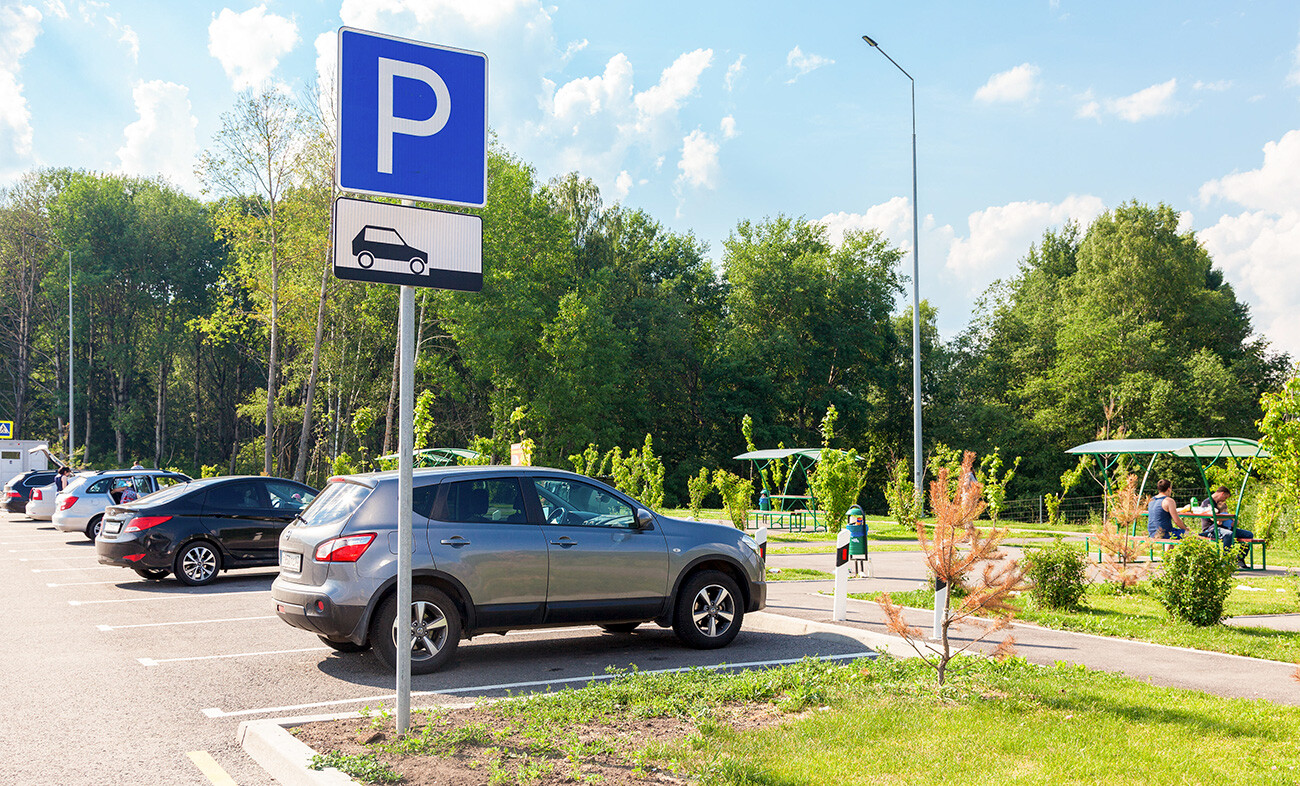 Car parking on a toll highway in Russia
Car parking on a toll highway in Russia
There are at least two big benefits of this fast and comfortable way of traveling. First of all, it’s the speed limit – which is 110 km/h; on some highways it reaches 130 km/h. Second, bypassing cities and towns offers the absence of traffic lights, road crossings, and other obstacles.
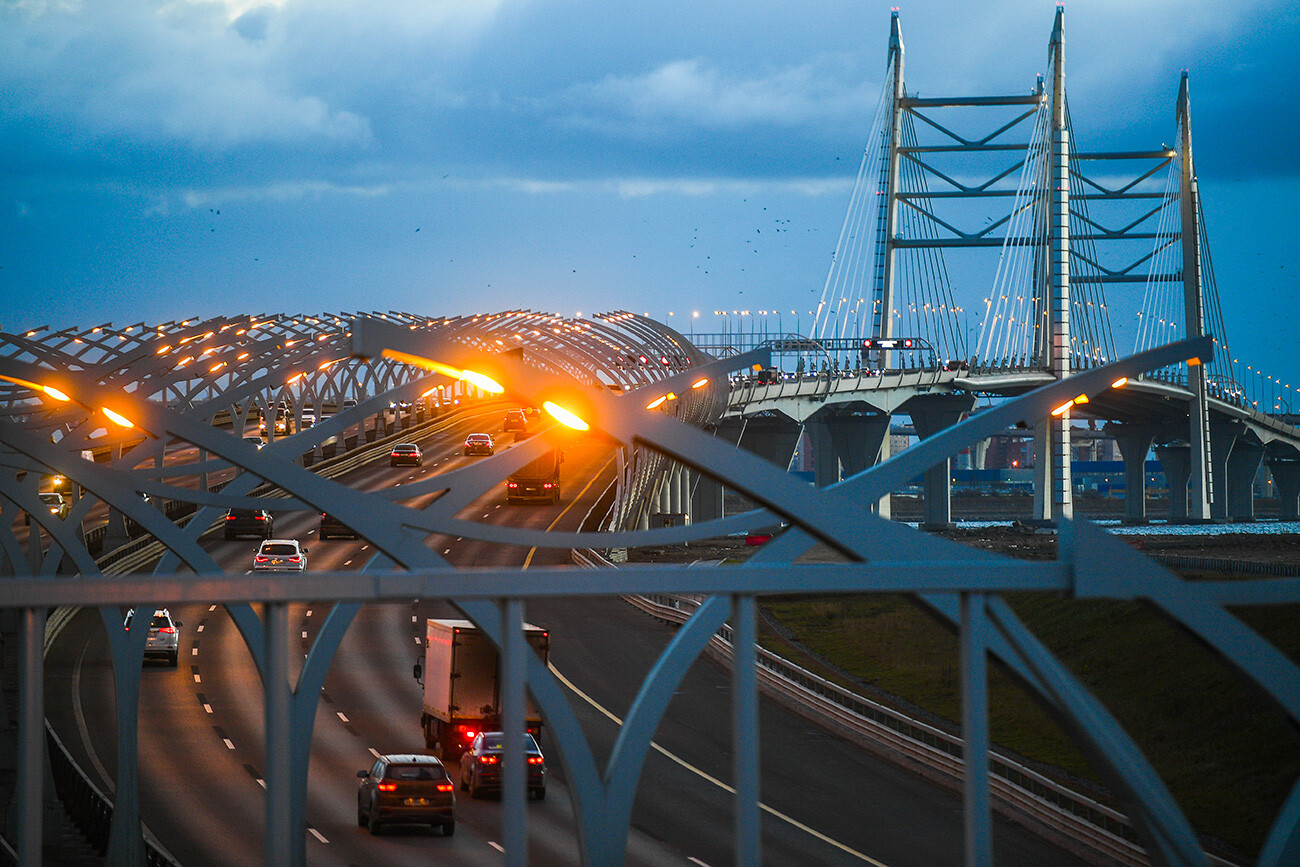 St. Petersburg's toll road
St. Petersburg's toll road
All the roads have gas stations, are equipped with recreational areas and restrooms, and traffic safety inspectors.
What toll roads are there in Russia?
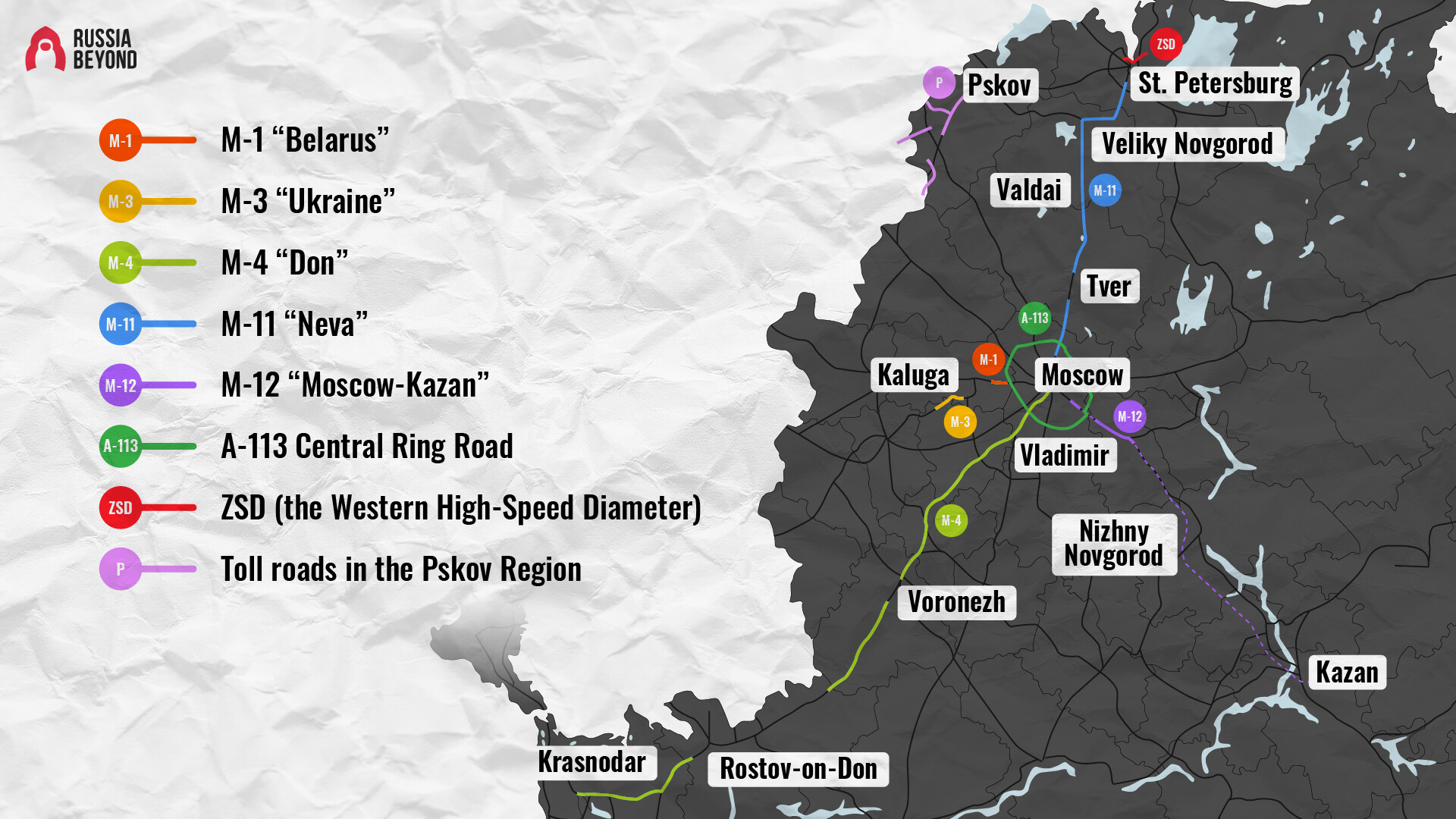
1. M-1 “Belarus”

People call this road the Minsk Highway – it brings you right to the border with Belarus, and then on further to Minsk. The paid section of the road appeared in 2014 and it stretches 33 kilometers from Moscow. The fee to pass starts at 150 rubles. Along the way, you can visit the new Patriot Park, look at the main cathedral of the Armed Forces of Russia and the Museum of the Great Patriotic War.
2. M-3 “Ukraine”

The 70-kilometer-long paid section has existed in the Kaluga Region since 2017. It’s a part of the Kiev Highway by which you can reach the border with Ukraine. The fee to travel starts at 80 rubles.
3. M-4 “Don”
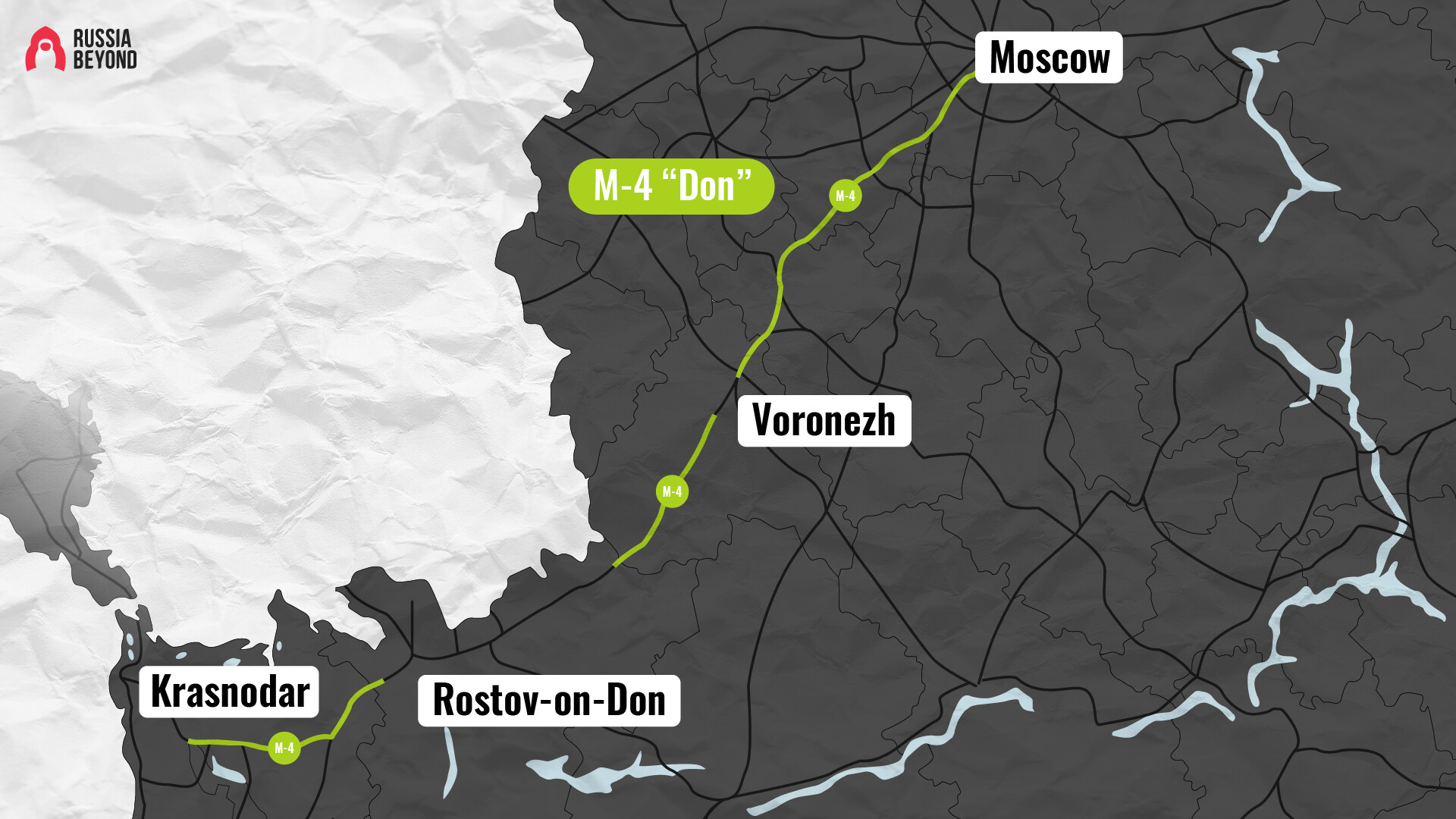
This was Russia’s first toll road and today it already stretches 915 kilometers. It fully covers the route from Moscow to Krasnodar. Every section has a different cost; and the cost of the entire route will set you back at least 2,880 rubles. Along the way, you can detour to many interesting cities – Yelets, Voronezh, Rostov-on-Don, etc. Read more in our article “What to visit on the way from Moscow to the seaside”.
4. M-11 “Neva”
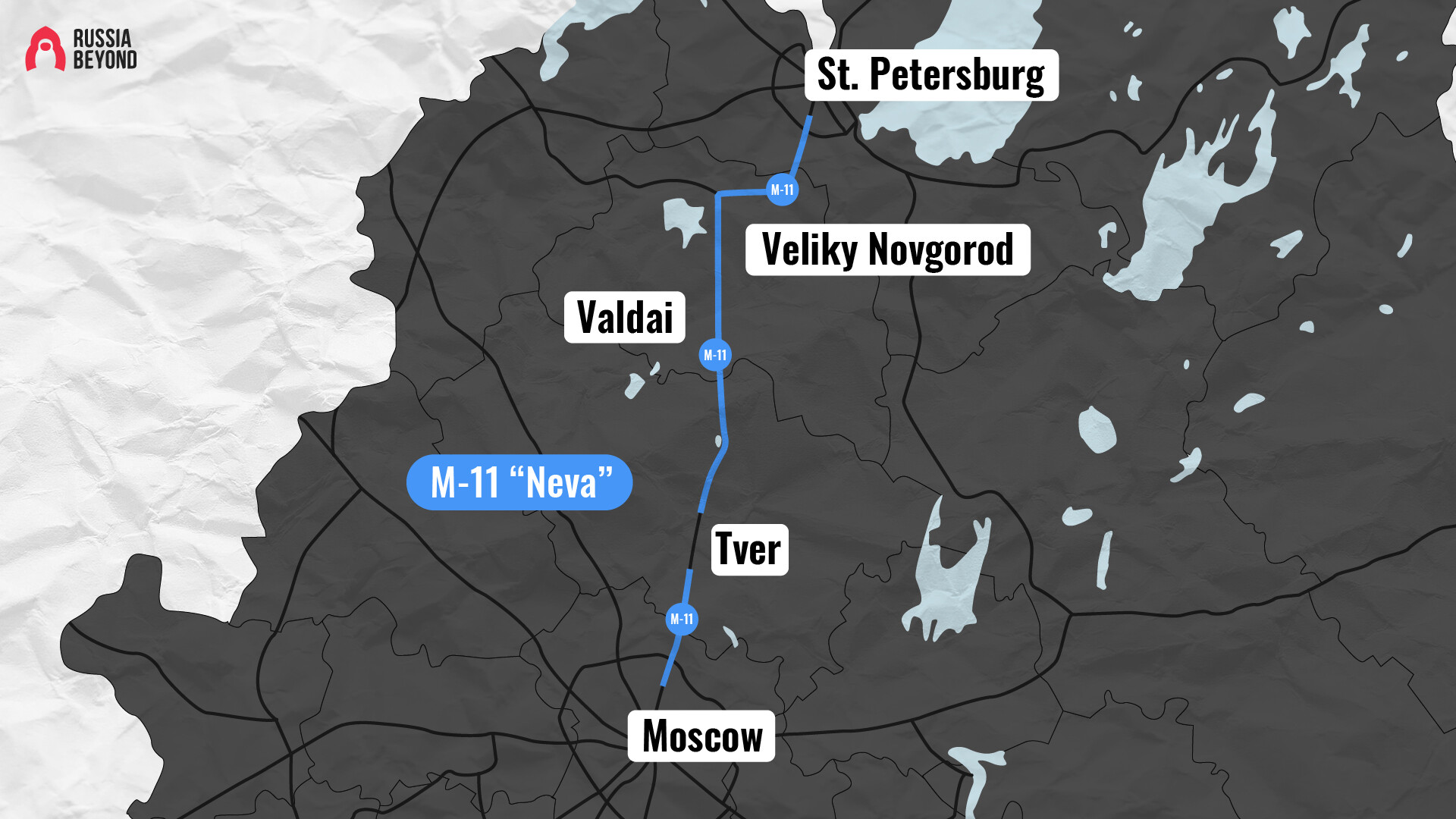
The journey between the two capitals used to take several days, (read more about that here). But ever since 2019 you can reach St. Petersburg from Moscow in slightly more than four hours. The total length of the road is 669 kilometers, and 607 kilometers of it are paid. The passage fee starts at 170 rubles per separate section. The entire road will cost you 2,400 rubles and up. Along the way, you can visit Tver, Valday, Veliky Novgorod, and many other very interesting cities.
5. M-12 “Moscow-Kazan”

This is a new road under construction, also called “Vostok” (“East”). Currently, only 47 kilometers of the paid section are open, but there are plans to build a brand new highway from Moscow to Kazan. It will be a duplicate of an already existing toll-free road, the M-7 Volga, by which you can travel from Moscow to Vladimir, Nizhny Novgorod, Kazan, Ufa, and continue your way further by other roads, crossing the entire country across Siberia, Baikal, and the Far East. Construction of the paid road is slated to be finished by 2025. On the already-opened sections the fee starts at 99 rubles.
6. A-113 Central Ring Road

This road that encircles Moscow (50 kilometers from the Moscow Automobile Ring Road – MKAD) was once called the Large Moscow Ring (“betonka” unofficially). Since then you wouldn’t be able to recognize it, because it has turned into a modern expressway with a 260-kilometer paid section. It was significantly widened; and new sections were built where widening was impossible. The last section was opened in 2021. The Central Ring Road (TsKAD) became the first highway with a barrier-free system of payment collection. There are no toll collection points – the registration plate of a car is read by cameras, and you later pay for passage online. The fee starts at 30 rubles.
7. ZSD (the Western High-Speed Diameter)
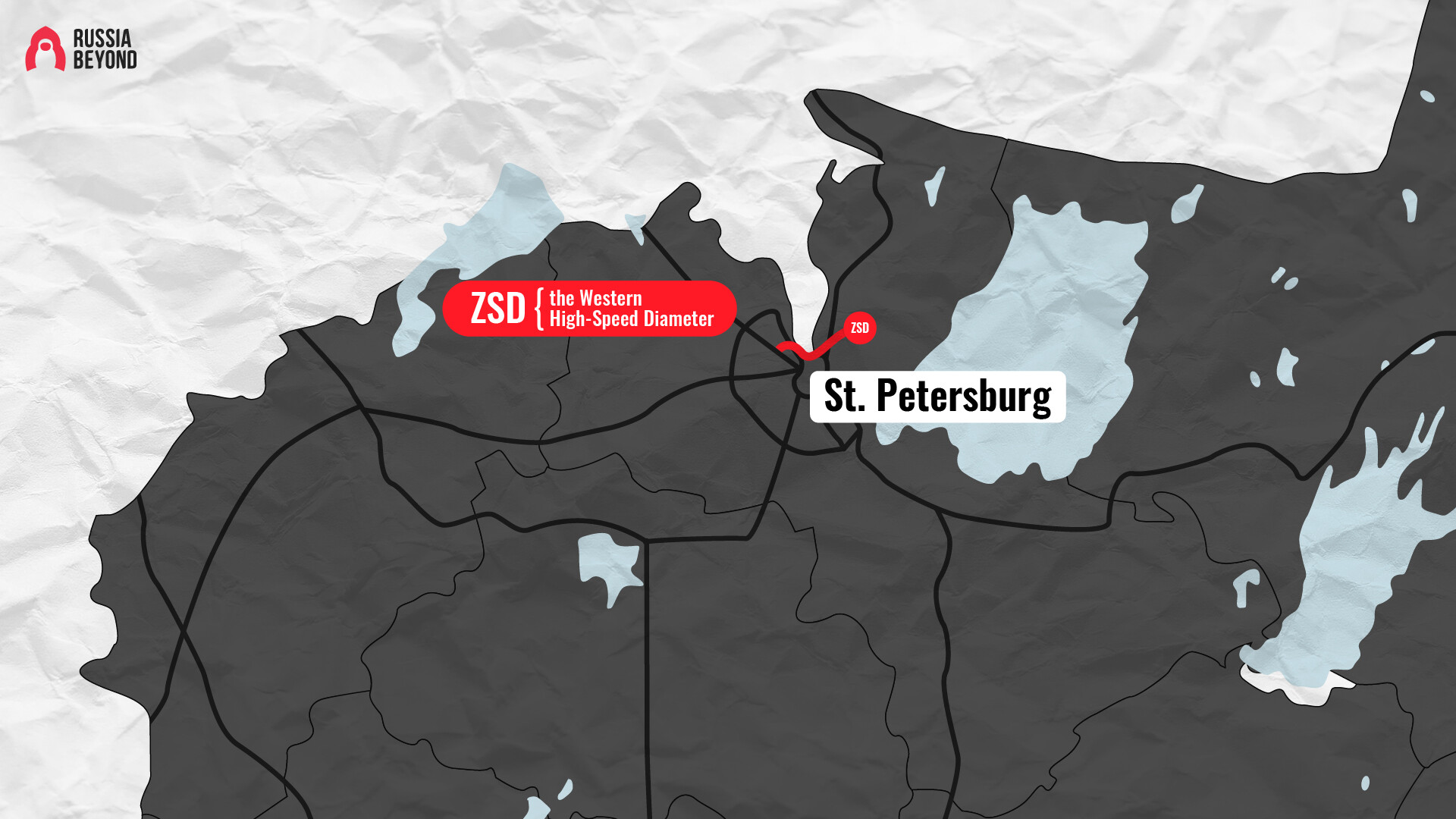
In 2016, construction of the Western High-Speed Diameter around St. Petersburg was fully finished, which greatly relieved city traffic. This road is interesting for the large number of bridges, viaducts, and tunnels. The overall length of the road is 46 kilometers, and the toll starts from 200 rubles per section and 1,000 rubles overall.
8. Toll roads in the Pskov Region

Four paid sections of highway with a total length of 226 kilometers are now operational in western Russia. These roads will take you to the border with Estonia from Old Izborsk; to the border with Latvia from Ostrov; to the border with Belarus from Opochka; and to the town of Nevel from the town of Olsha. The fee starts at 150 rubles.
What does the toll fare depend on?
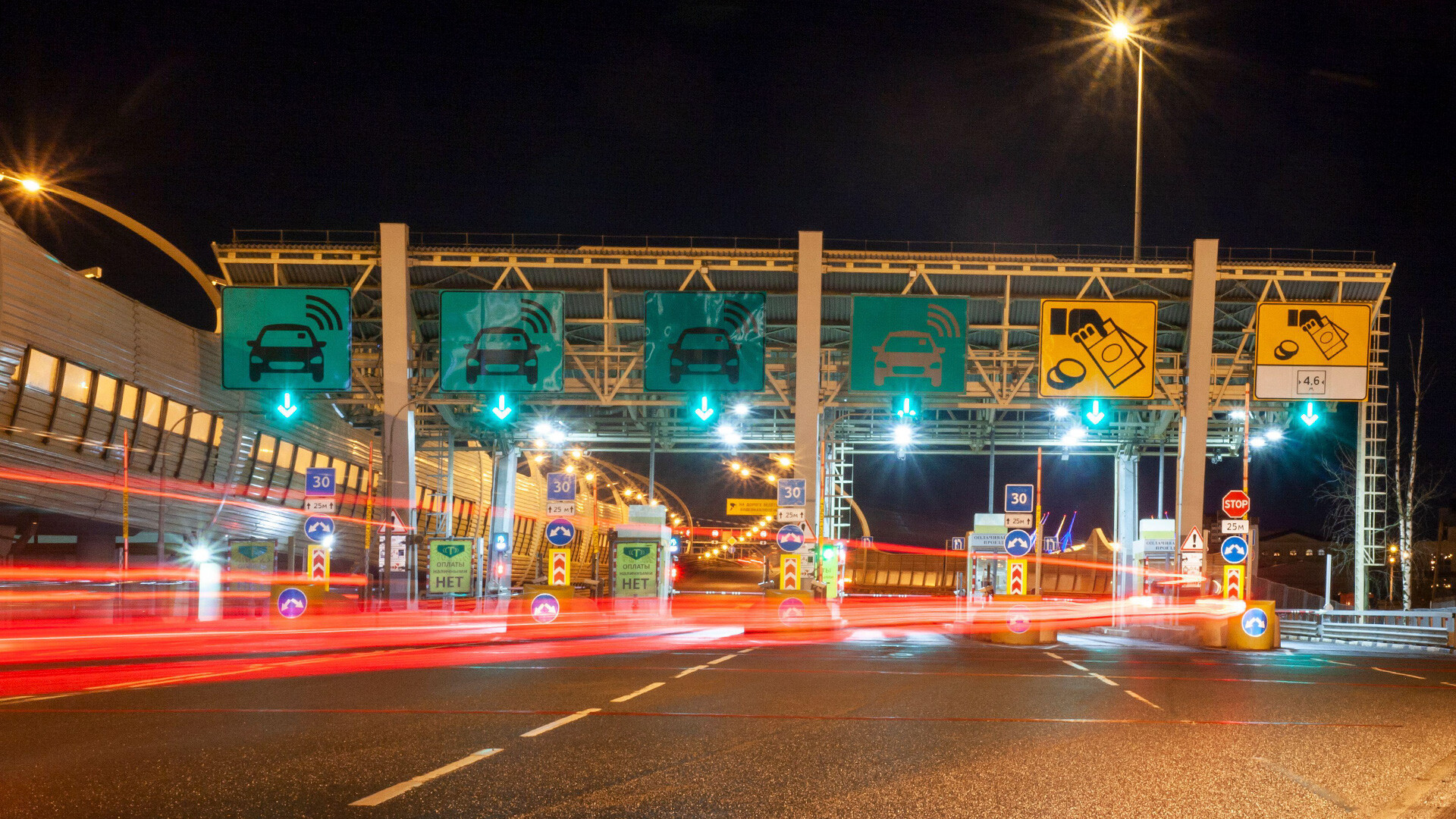 Point of Payment on a toll highway in Russia
Point of Payment on a toll highway in Russia
The fee varies on different sections of different roads. The cost depends on the type of transport that you’re using, the time and the day of travel; for example, it is a bit cheaper at night and more expensive during the day and on weekends. Aside from that, different toll rates are in effect for different sections of different roads. You can calculate the cost of travel in advance with a special calculator on the Avtodor website – the state-owned company that manages the majority of toll roads.
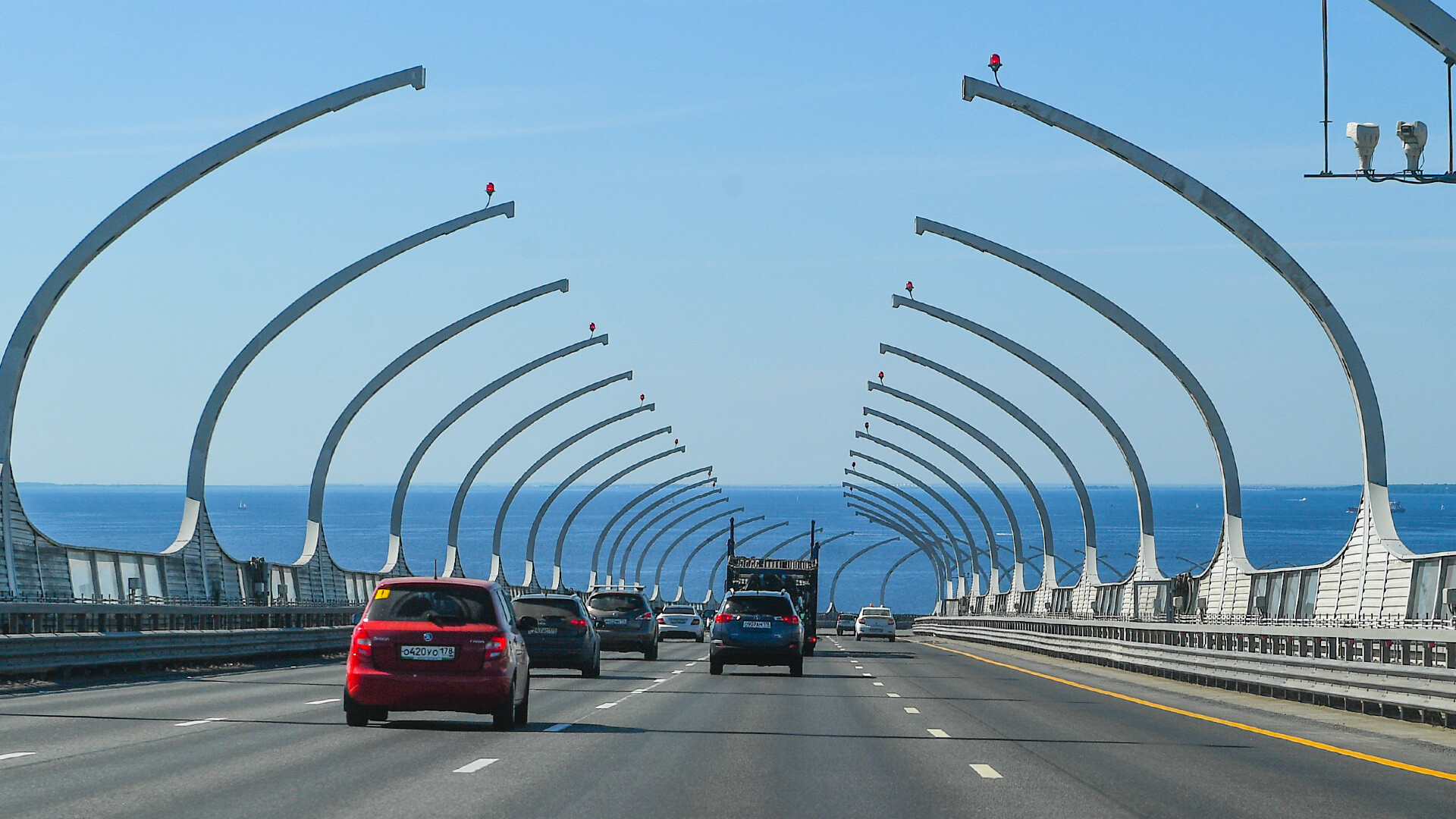 St. Petersburg's toll road
St. Petersburg's toll road
A separate website and a transponder are in effect for the Western High-Speed Diameter around St. Petersburg; you can calculate the cost on the highway’s website). Read more about the Pskov toll roads here.
How to pay for passage?
At every toll collection point, both cards and cash are accepted; it’s important to pick a corresponding lane to pass, navigating by giant signs that stretch over each of them. In the left lane you’ll pay by card or cash to a cashier; while in the right lane – only by card in a terminal.
However, usually the left-most lanes are for passage with a transponder.

If you travel by toll roads often, or are preparing for a long trip that includes several toll collection points, it’s best to purchase a transponder. This will save you time by allowing you to skip the line as the barrier opens automatically. Moreover, you can save money by paying with a transponder. Also, you can earn points from your travel, and can even purchase a subscription or a passage discount.
You can purchase a transponder at Avtodor offices and also at many gas stations, as well at Russian Post Offices. You can top-up your balance through the website or a mobile app.
You can pay off your debt after the trip.













